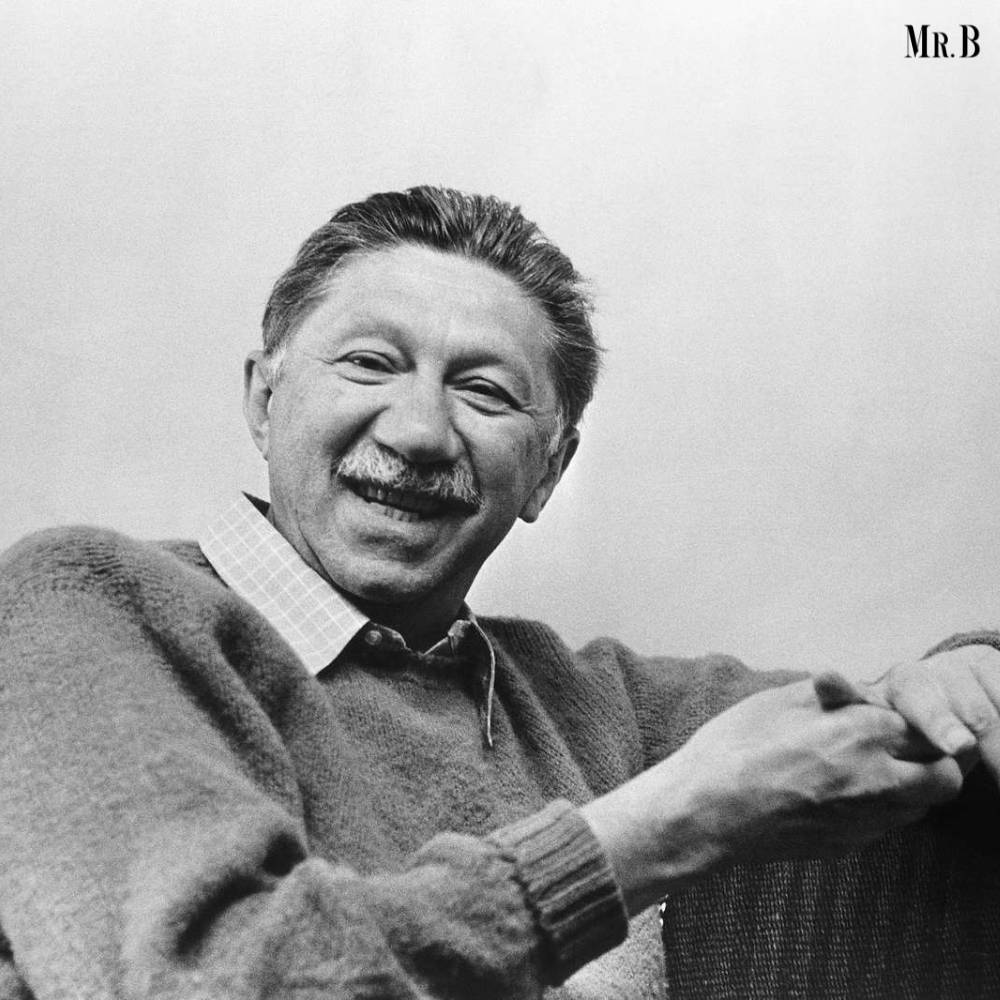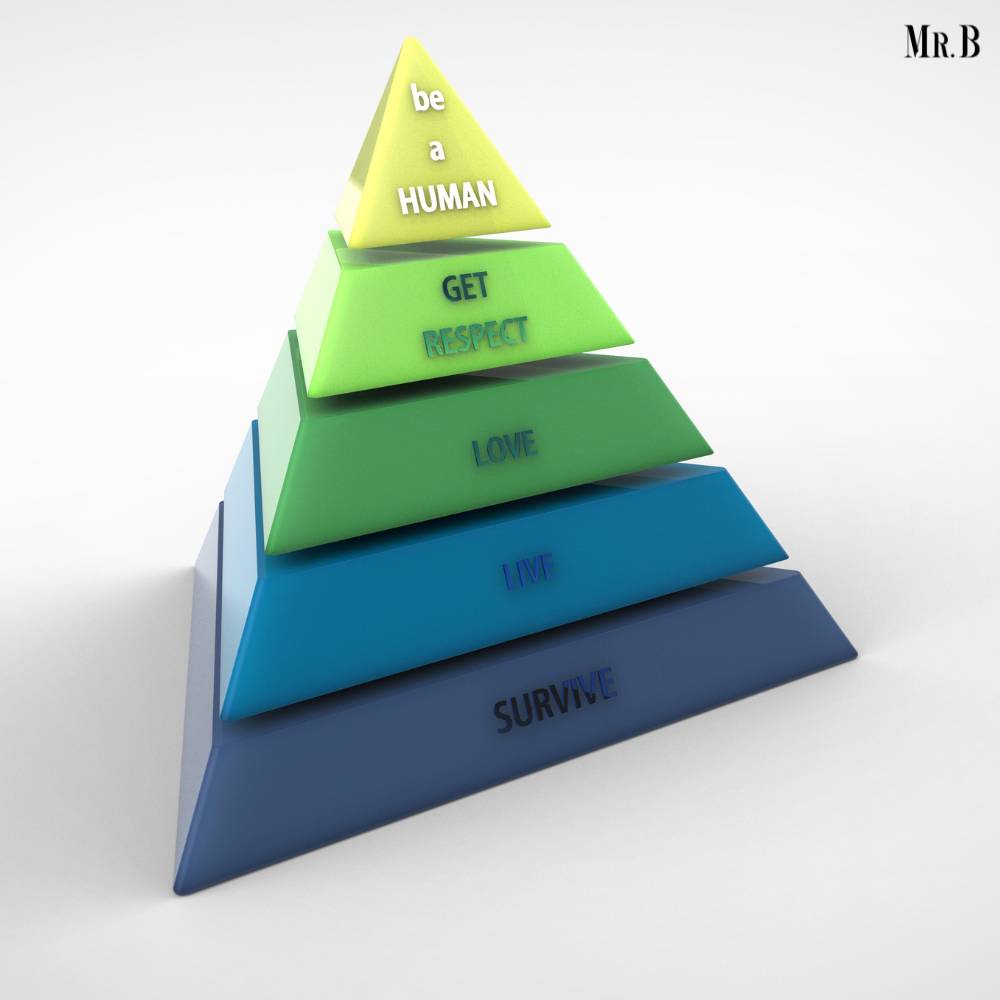How to Apply Maslows Hierarchy of Need in Our Lives?
- Category: Business

Abraham Maslows hierarchy of need is the best known theory in the history of humans so far. It is a psychological theory proposed by Abraham Maslow in 1943, has become a cornerstone in understanding human motivation and behavior. This pyramid-shaped model categorizes human needs into five tiers, ranging from basic physiological requirements to higher-level aspirations. This article explores how individuals can apply Maslows Hierarchy of Needs in their lives, delves into cultural perspectives, examines modern reinterpretations, and investigates its practical use in the business world and during times of crisis.
Applying Maslows Hierarchy of Need in Our Lives
Maslows Hierarchy of Needs provides a framework for individuals to assess and prioritize their needs, fostering personal growth and fulfillment. At the foundational level are physiological needs, such as air, water, food, and shelter. Ensuring these basics are met creates a stable platform upon which individuals can build their lives.
Moving up the pyramid, safety needs become crucial – encompassing financial security, health, and a stable environment. Establishing a sense of security allows individuals to focus on higher-order needs, such as love and belongingness. Forming meaningful connections and relationships not only satisfies emotional needs but also contributes to overall well-being.
Esteem needs follow, involving self-respect, recognition, and a sense of accomplishment. Achieving personal goals and gaining the respect of others can elevate self-esteem, paving the way for self-actualization, the pinnacle of Maslows Hierarchy. Self-actualization entails realizing one’s full potential, pursuing personal growth, and embracing creativity.

Cultural Perspectives on Maslows Hierarchy of Need
Cultural contexts play a significant role in shaping how individuals prioritize and fulfill their needs. Different cultures may place varying emphasis on specific tiers of Maslows Hierarchy. For instance, in collectivist societies, belongingness and social connections might take precedence over individual accomplishments, reflecting a communal approach to well-being.
In contrast, individualistic cultures may prioritize esteem and self-actualization, emphasizing personal achievements and self-expression. Recognizing these cultural nuances helps individuals navigate and understand the diverse ways in which people seek fulfillment and happiness.
Modern Reinterpretations by Scholars and Psychologists
Over the years, scholars and psychologists have revisited Maslows Hierarchy of need, offering contemporary perspectives on human motivation. Some argue for the fluidity and interconnectedness of needs, challenging the rigid pyramid structure. They propose that individuals may simultaneously pursue multiple needs, and progress may not always be linear.
Additionally, the concept of “transcendence” has been introduced as an extension of self actualization. Transcendence involves contributing to the well-being of others and the greater community, suggesting that fulfillment goes beyond personal achievements to encompass a broader societal impact.

Business Utilization of Maslows Hierarchy of Need
Businesses have long recognized the utility of Maslows Hierarchy of Needs in understanding consumer motivations and tailoring marketing strategies. By identifying which needs drive consumer behavior, businesses can create products and services that resonate with their target audience.
For example, advertisements often appeal to consumers’ desires for social connection, self-esteem, or self-actualization. Luxury brands, in particular, leverage esteem and self-actualization needs to create aspirational products that signify success and status.
1. Understanding Consumer Behavior:
Businesses leverage Maslows Hierarchy of Need to gain insights into consumer motivations.
By identifying which needs drive purchasing decisions, companies can tailor their products and marketing strategies to align with these motivations.
2. Targeting Specific Needs:
Advertisement and branding strategies often revolve around appealing to specific needs within Maslows Hierarchy.
Luxury brands, for instance, target esteem and self-actualization needs, associating their products with success and status.
3. Creating Aspirational Products:
Businesses recognize the aspirational nature of certain needs and create products that symbolize achievement and fulfillment.
Luxury cars, high-end fashion, and exclusive experiences are examples of products designed to fulfill esteem and self-actualization needs.
4. Building Brand Loyalty:
Companies foster brand loyalty by addressing not only functional needs but also emotional and psychological needs.
Establishing an emotional connection with consumers through brand narratives and experiences contributes to long-term loyalty.
5. Employee Motivation and Productivity:
Applying Maslows Hierarchy of need internally, businesses aim to meet employees’ needs for job security, recognition, and self-actualization.
Employee engagement programs and career development opportunities are designed to align with these motivational factors.
6. Corporate Social Responsibility (CSR):
Companies increasingly integrate CSR initiatives that resonate with higher-order needs, contributing to societal well-being.
Aligning business practices with values such as environmental sustainability and community support enhances brand reputation.
7. Customizing Marketing Messages:
Tailoring marketing messages based on Maslow’s Hierarchy of need allows businesses to connect with diverse consumer segments.
Adapting communication to highlight different needs ensures broader appeal across demographics and cultural contexts.
8. Market Segmentation:
Businesses segment markets based on consumer needs identified in Maslow’s Hierarchy of need.
This segmentation informs product development, pricing strategies, and distribution channels tailored to specific target audiences.
9. Innovation and Product Development:
Companies invest in research and development to create products that address emerging consumer needs.
Technological advancements, lifestyle changes, and cultural shifts are considered in the development of innovative solutions.

Applying Maslow’s Hierarchy in Times of Crisis:
In times of crisis or emergency, Maslows Hierarchy of need remains a valuable tool for understanding and addressing human needs. The immediate focus during crises is typically on physiological and safety needs, ensuring individuals have access to essentials and a secure environment.
Moreover, crisis situations may foster a sense of community and belongingness as people come together for mutual support. Leaders and organizations can leverage this collective spirit to facilitate cooperation and help individuals navigate the challenges they face.
Conclusion:
Maslow’s Hierarchy of Need offers a comprehensive framework for understanding human motivation and behavior. Applying this theory in various life dimensions empowers individuals to prioritize their needs, pursue personal growth, and find fulfillment. Cultural perspectives, modern reinterpretations, business applications, and its relevance during crises all highlight the versatility and enduring significance of Maslow’s Hierarchy in our complex and dynamic world. As we navigate the complexities of our lives, embracing Maslow’s insights can guide us toward a more profound understanding of ourselves and others.







